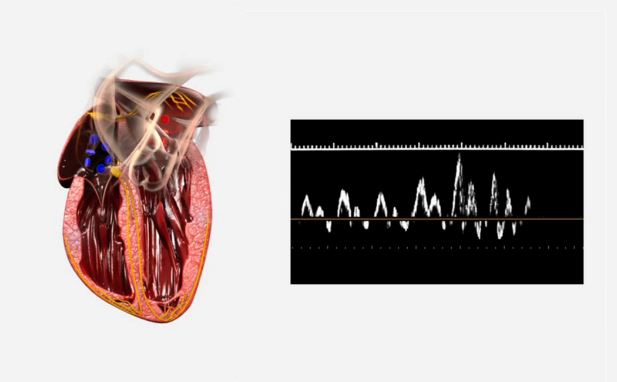

Library > Sonography > Sonography Fundamentals > Ultrasound Physics 2
Try Simtics for free
Start my free trialUltrasound Physics 2

Materials Included:
-

-

-

-

Check our pricing plans here
Unlimited streaming.
A basic knowledge of ultrasound physics and instrumentation is vital to ensure the correct application of ultrasound. Understanding how images are generated will enable you to recognize artifacts and thus help to prevent misdiagnosis.
This module (2 of 2) follows on from Ultrasound Physics 1 and guides you through more ultrasound physics principles, including artifacts, bioeffects, Doppler, and hemodynamics. It contains many illustrations and animations to help you understand important concepts.
Ultrasound Physics 2 is suitable for all practitioners of ultrasound or anyone interested in learning about ultrasound physics. It is a valuable learning resource for anyone getting ready for the ARDMS Sonographic Principles and Instrumentation (SPI) Exam.
You’ll learn
- more ultrasound physics terminology and definitions
- how to identify and explain artifacts (reflection errors), and methods to minimize artifacts
- the methods used to measure power, and the relationship between power and patient exposure
- how ultrasound interacts with living tissues and methods to minimize bioeffects
- how harmonics can be used in diagnostic medical sonography
- about hemodynamics, including different flow types and forms of energy
- about Doppler principles: Doppler effect, color Doppler, power Doppler, and spectral Doppler
- about testing equipment performance and the importance of quality assurance and preventive maintenance
- and much more (see Content tab for more detail)
- Identify and explain artifacts
- Identify testing results that show artifacts from electrical interference
- Discuss methods used to minimize artifacts
- Compare methods and formulae used to measure power
- Discuss the relationship between power and patient exposure
- List and describe bioeffects
- Discuss methods used to minimize bioeffects
- Discuss contrast and harmonics
- Diagram and describe tests for equipment performance
- List and describe the elements of a comprehensive quality assurance program for an imaging lab
- Discuss the importance of preventive maintenance
- Identify, discuss, and describe the proper use of the following: Doppler, color Doppler, power Doppler, and spectral Doppler ultrasound
- Discuss aliasing and explain how to prevent it
- Discuss fluid and hemodynamics
The SIMTICS modules are all easy to use and web-based. This means they are available at any time as long as the learner has an internet connection. No special hardware or other equipment is required, other than a computer mouse for use in the simulations. Each of the SIMTICS modules covers one specific procedure or topic in detail. Each module contains:
- an online simulation (available in Learn and Test modes)
- descriptive text, which explains exactly how to perform that particular procedure including key terms and hyperlinks to references
- 2D images and a 3D model of applied anatomy for that particular topic
- a step by step video demonstration by an expert
- a quiz
- a personal logbook that keeps track of all the modules the learner has studied and how long
For more details on features and how your students can benefit from our unique system, click here.







